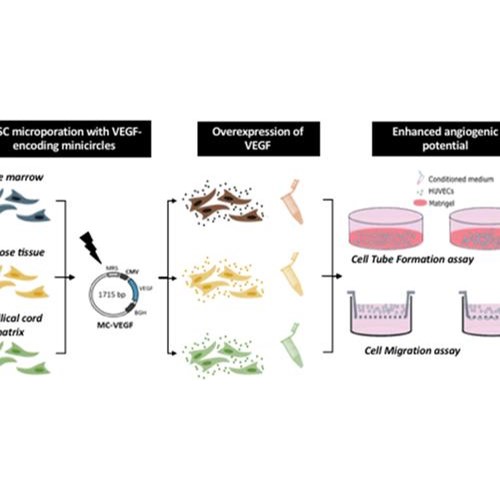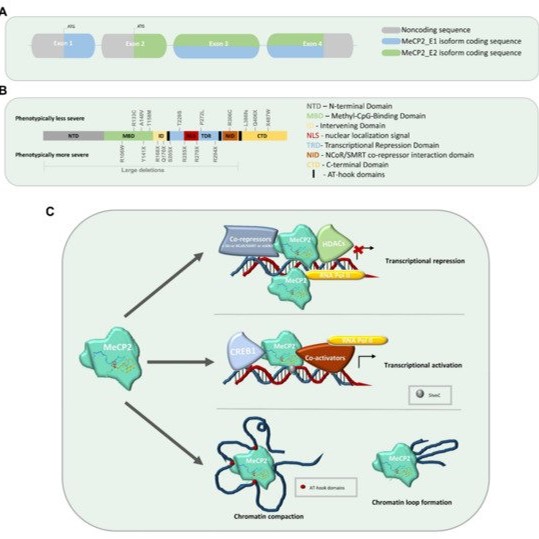


The Vision
The Stem Cell Engineering and Regenerative Medicine Research Group (SCERG) vision is to be a leader in cell and gene therapy and regenerative medicine, by translating pioneering research and development in stem cell, tissue and organ engineering and science to improve human health.
The Mission
SCERG mission is to perform ground-breaking research translated into clinical applications, aiming to promote the development of novel Advanced Therapy Medicinal Products (ATMPs) to improve the quality of human health, with high technological impact in the healthcare sector. In addition to research, there is a strong emphasis on educating and training future scientists at PhD (Bioengineering: Cell Therapies and Regenerative Medicine) and MSc (Bioengineering: Regenerative and Precision Medicine) levels in cutting edge, interdisciplinary methods of science, engineering, and translational medicine.
The Goal
SCERG aims at the development of cell production systems for the ex-vivo expansion of stem cells and/or their controlled differentiation into specific cell types, microtissues and organoids, as well as their integration with bioseparation and high resolution purification technologies, to generate the large numbers of specific and high quality stem/progenitor cell subsets needed for Regenerative and Precision Medicine settings. SCERG focuses on the development of personalized clinical and diagnostic applications and the development of platforms for the production of biomolecules, cells, tissues and organs for repair and replacement in the human body or for in vitro modelling, meeting the main challenges in Regenerative Medicine and the Biopharmaceutical industry.

July 20, 2021
AMELIE (Anchored Muscle cELls for IncontinencE) is a 5-year H2020 EU-funded research project. The consortium will work on a novel regenerative intervention using autologous skeletal muscle derived cells (ASMDC) to restore the function of the sphincter muscle. Scientists at SCERG will attach ASMDC to implantable microcarriers, to improve cell delivery and engraftment in patients with faecal incontinence. This strategy is expected to improve cell viability and increase the likelihood of muscle regeneration, contributing to improved continence.

May 3, 2021
Mesenchymal stromal cells (MSC) have been exploited for the treatment of ischemic diseases given their angiogenic potential. A recent study published in the Journal of Gene Medicine by BERG and SCERG researchers compares the angiogenic potential of MSC obtained from bone marrow (BM), adipose tissue (AT) and umbilical cord matrix (UCM) that were genetically modified with VEGF‐encoding minicircle vectors. Transfected cells displayed higher in vitro angiogenic potential than non‐transfected controls, as demonstrated by functional in vitro assays, but no significant differences were observed among cells from different sources.

May 3, 2021
Rett syndrome (RTT) is a rare neurodevelopmental disorder caused by mutations in the gene encoding for the MeCP2 protein. Among many different roles, MeCP2 has a high phenotypic impact during the different stages of brain development. Thus, it is essential to intensively investigate the function of MeCP2 and its regulated targets. In this review paper, a team of researchers at SCERG-iBB provides a brief summary of the main neurological features of RTT and the impact of MeCP2 mutations in the neuropathophysiology of the disease. Then, it is also provided a thorough revision of the more recent advances and future prospects of RTT modeling using human neural cells derived from pluripotent stem cells obtained using both 2D and organoid culture systems, and its contribution for the current and future clinical trials for RTT.